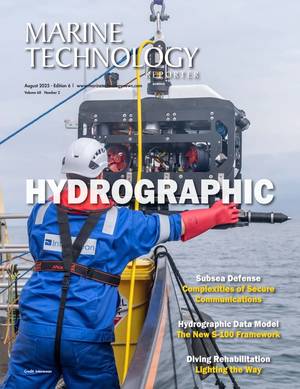EU-Backed Project Deploys OTEC Demonstration Unit off Canary Islands
A new storm-resistant ocean energy prototype has been installed off the coast of Gran Canaria, developed under the EU’s Horizon Europe-funded PLOTEC project, as a next step in harnessing ocean thermal energy conversion (OTEC) as a source of renewable energy.
The deployment marks the first long-term offshore operation of an OTEC platform in decades, following early temporary demonstrations such as the historic Mini-OTEC and OTEC-1 projects, deployed in the late 1970s and early 1980s off Keahole Point in Hawaii, which used a U.S. Navy barge and a converted World War II T2 tanker, respectively.
OTEC is a renewable technology that harnesses the ocean’s thermal gradient to generate electricity. Warm surface seawater is used to vaporise a working fluid, driving a turbine to produce energy, while cold deep-sea water condenses the fluid, creating a continuous cycle.
This phase involved deploying the platform’s cylindrical hull at the Oceanic Platform of the Canary Islands (PLOCAN) test site. The next phase will see the installation and connection of the cold-water pipe, completing the system ahead of full structural testing in the Atlantic environment.
During this structural testing stage, the platform will face the rough conditions of the Atlantic Ocean, allowing detailed analysis of its resistance, materials, and design.
Advanced sensors from Fugro will record gyroscopic and accelerometer data to monitor the vessel’s motion and, later, the cold-water pipe’s stability, correlating these with local wave data. Previous computer simulations and a scaled tank test conducted in the UK have already verified the structure’s design at laboratory scale.
The data will be combined with performance data from grid-connected OTEC power plants to de-risk future projects.
The structure is named ‘Don’ in honor of Don Lennard, a British aircraft engineer and Royal Navy veteran who dedicated his life to advancing OTEC technology.
Testing will continue over the coming months, with performance data expected in early 2026. If successful, the results will guide the design of full-scale OTEC systems capable of powering entire island grids and offshore facilities.
“This is more than just a test of the core technology, which has already been proven to work — it’s a demonstration of resilience. If we can demonstrate that OTEC platforms can operate safely and continuously through extreme weather, we open a new chapter for clean baseload power in regions that need it most,” said Dan Grech, Founder & CEO of Global OTEC.
“The data collected during the tests will validate our computational models and show how accurately we can simulate the interaction between the large-diameter riser and the vessel under a range of conditions,” added Sam Johnston, Lead Engineer at Global OTEC.
The PLOTEC consortium is composed of the following companies - Global OTEC (UK), Cleantech Engineering (UK), WavEC Offshore Renewables (Portugal), The Oceanic Platform of the Canary Islands PLOCAN (Spain), Quality Culture (Italy), Agru Kunststofftechnik Gesellschaft (Austria) and University of Plymouth School of Engineering, Computing and Mathematics (UK).

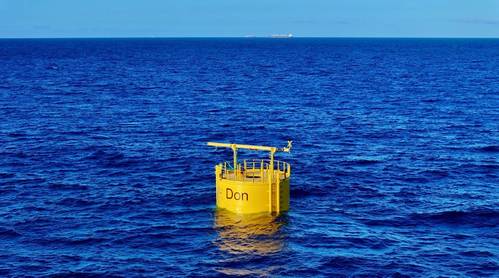
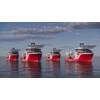
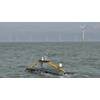
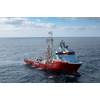
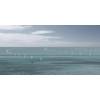
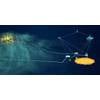








 August 2025
August 2025
